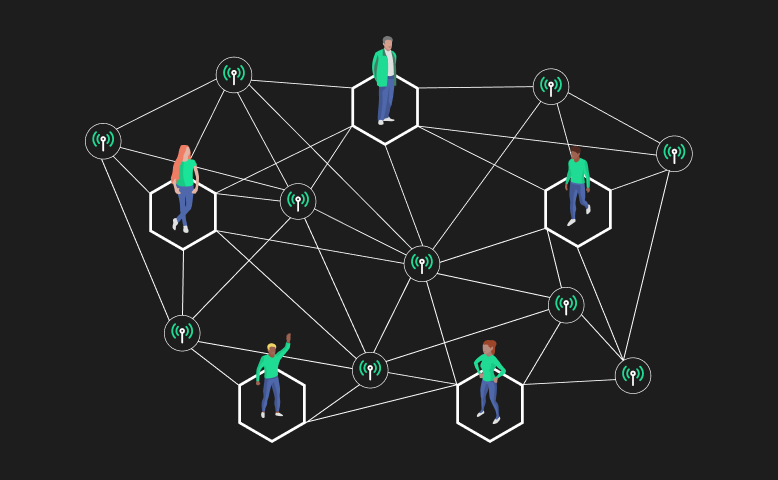
Since its launch in 2019, the Helium network has expanded rapidly across the globe. As the Helium blockchain continues to grow in length, hotspots have been forced to use more computing power while storing increasing amounts of data – leading to a variety of issues that ultimately reduce hosts’ HNT earnings.
What is a Light Miner and why is this upgrade important?
The term “light miner” or “light hotspot” refers to the upcoming firmware update from Helium that will resolve issues with limited SD card memory, prolonged syncing, and relayed hotspots.
Light miners:
- Do not communicate over the peer-to-peer network, eliminating relay;
- Do not store a copy of the blockchain, eliminating sync phase and reducing bandwidth usage;
- Do not create challenges (rely on validators to create challenges on their behalf instead);
- Do not participate in consensus groups (rely on validators for block production).
This update is free to all hosts and will affect all Helium hotspots regardless of age, make, or model – converting all existing hardware into “light miners”. All hotspots will receive the update automatically, as long as they are connected to a power source. Hosts do not need to purchase new hardware to enjoy the benefits of the light miner update, which is currently in the testnet phase and will officially roll out in the coming weeks. All manufacturers have until May 3, 2022 to fully launch the upgrade.
How the Light Miner update will affect HNT earnings
The light miner update aims to solve many of the problems that negatively impact HNT earnings, meaning hotspots will be able to get online faster and stay online more consistently. Helium hotspots will no longer spend valuable time syncing with the blockchain or being stuck in ‘relayed’ mode. Hosts should see an improvement in the overall functionality of their hotspot(s) after the update, which will have a positive impact on HNT earnings.
How much will Helium hotspots cost after the Light Miner update?
Currently, a new Helium hotspot can be purchased for around $450-$700 depending on device specs and manufacturer. Once the update has been implemented, hotspots will require less computing power, potentially creating a minor impact on manufacturing costs. However, the most expensive component of a Helium hotspot is the LoRaWAN chip that gives the device its IoT capability – and this cannot be removed or replaced by light miner firmware.
It’s also important to consider that OEMs are impacted by global supply chain challenges and inflated costs of materials, in addition to the new challenge of running their own onboarding application. It will be up to each individual manufacturer to price their hotspots going forward. It’s unlikely that retail prices will decrease due to the light miner upgrade – instead, the market will continue to be driven by supply and demand.
Why Mining Helium with Emrit Makes Sense
As the dynamics of Helium’s token economy evolve alongside the growth of the network, we recognize the need for a mining model that makes sense for hosts from a cost-benefit perspective. Emrit offers a range of Helium mining plans starting as low as $99, giving you the flexibility to choose the plan that best suits your your location, experience, and risk-appetite. This includes 30% share, 50% share, and 70% share options – meaning hosts can optimize coverage with multiple Emrit CoolSpots for the same amount as 1 full-price Helium hotspot. With this method, hosts can reduce risk while diversifying miner placement to maximize HNT earnings.



